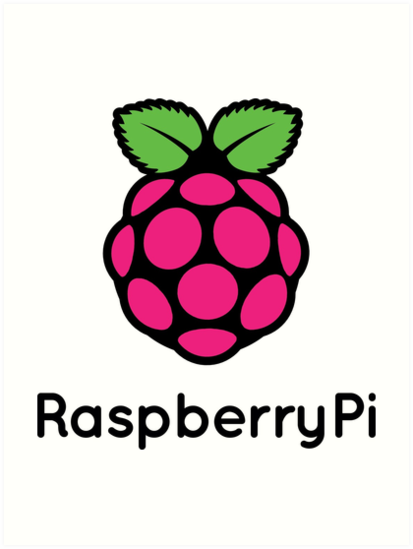A Division of Chadmin Australia Pty Ltd.
Products
Our Products
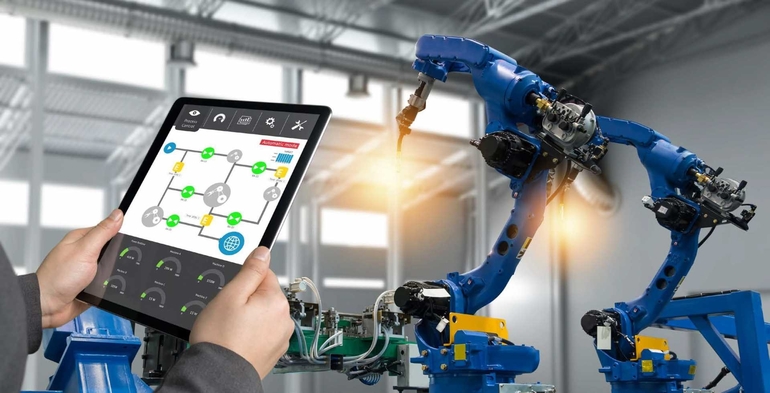
Industry Application
As automated machines and robotics segue into the manufacturing process by performing repetitive procedures, innovations are being made to optimize their presence in the industry. Through implementations of different qualities, like scanners for bar-codes or the ability to process at high speeds to increase productivity, manufacturers can now do more with less space to improve the space once congested by production lines. The innovations of these technical performance tools will help to improve your business’ performance and optimize productivity of your existing managers. With this spurt in automated machinery and robotics in the manufacturing process, the need for workers with more industrial and manufacturing prowess increases as well.
Technical operations managers and maintenance personnel can remotely monitor production with mobile devices becoming more commonplace in the industry. Application development to connect to equipment and devices to a centralized database by utilizing traditional and open-source frameworks to enable web-based remote monitoring of production environments, and design e-commerce systems for distributors that feature back-end integration for production work orders, inventory database, and shipping systems to allow technical operations management through every part of the manufacturing process.
Service Facilities
The utilization of new engineering technologies can help industries to optimize their production operations, ultimately making them more visible, simpler, and as productive as possible.
- Implementing advanced software development techniques for manufacturing customers – such as Ajax for web based polling of PLC's
- Real-time updates from the shop floor over the web will help to cover the practicality of the engineering side of your businesses’ management of its technical systems.
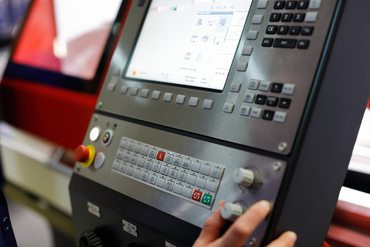
Secure implementation of industrial and manufacturing applications by utilizing .NET or Java, and performance of database management with Microsoft’s SQL Server, DB/2, Oracle, ProgstreSQL, or MySQL, will save your company from data loss while cutting operations costs by consolidating your IT environmental resources.
The increase in efficiency of new technology in the manufacturing industry can definitely prove a great return on investment when coupled with automation technologies and mobile accessibility.
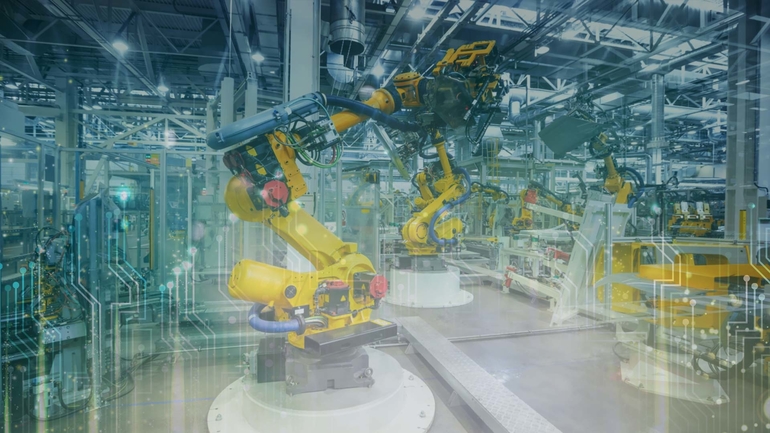
Industrial Automation
Since the turn of the century, the global recession has affected most businesses, including industrial automation. After four years of the new millennium, here are my views on the directions in which the automation industry is moving.
Because of the relatively small production volumes and huge varieties of applications, industrial automation typically utilizes new technologies developed in other markets. Automation companies tend to customize products for specific applications and requirements. So the innovation comes from targeted applications, rather than any hot, new technology.
Service Facilities
In a global market, there are three keys that constitute the winning edge:
- Proprietary products: developed quickly and inexpensively (and perhaps globally), with a continuous stream of upgrade and adaptation to maintain leadership.
- High-value-added products: proprietary products and knowledge offered through effective global service providers, tailored to specific customer needs.
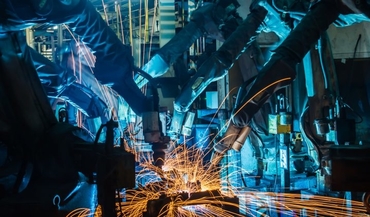
To implementing these directions demands management and leadership abilities that are different from old, financially-driven models. In the global economy, automation companies have little choice – they must find more ways and means to expand globally. To do this they need to minimize domination of central corporate cultures, and maximize responsiveness to local customer needs. Multi-cultural countries, like the U.S., will have significant advantages in these important business aspects.
In the new and different business environment of the 21st century, the companies that can adapt, innovate and utilize global resources will generate significant growth and success.
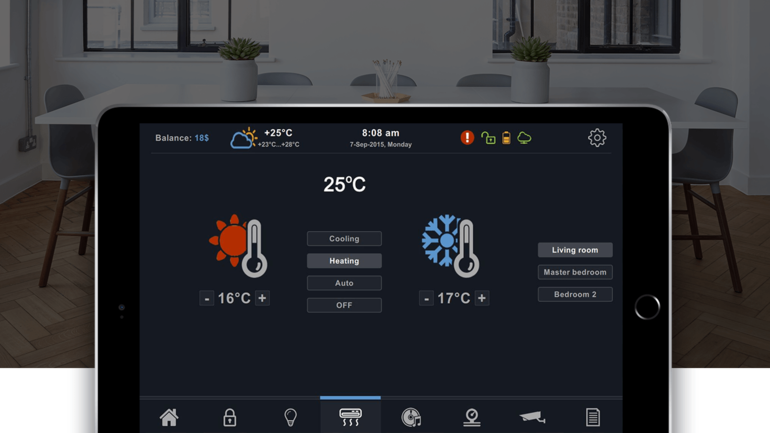
Home Automation
Home Automation, often referred to as “Smart Home Technology”, is the use of technology to automate your home. Home automation allows you to control almost every aspect of your home through the Internet of Things (IoT).
Home Automation started with the invention of the Thermostat and has developed into one of the biggest and fastest growing markets in technology. Home Automation’s potential continues to grow. You can use it for home security, controlling appliances, monitoring energy use, as a personal assistant, for looking after the elderly or disabled and more.
Service Facilities
The next step is finding the best products for you. If you think you are ready to take a look at some Smart Home products, which offer in the way of affordable and reliable Home Automation.
- Central Control is one Home-Automation system that controls everything in your home. It allows you, from a single source, to control your lights, thermostat, sprinklers, phone, washer, dryer and more. This type of Home-Automation is most popular with businesses and upscale private residences.
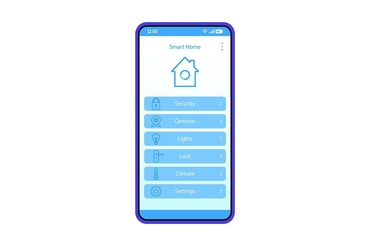
Usually, Central Control systems are run through a wall mounted terminal, like the kind commonly used for home-security systems. They also can be accessed by a remote control device, smartphone, tablet or computer.
No technology is a 100% foolproof, and Home-Automation is no different. Here are some things to keep in mind when investing in Home Automation.






